New year – new wishes!
The change of the year has many of us reflecting on the past and thinking about the future – we wondered about the 2019 wish list of the myrmecological community both for ant research and outside of it. In reaching out, we contacted equal numbers of female and male ant researchers around the globe. Sixteen researchers from eleven countries on six continents replied – enjoy!
Flash interviews compiled by Florian M. Steiner

Corrie S. Moreau, United States of America (© Leeanne Alonso)
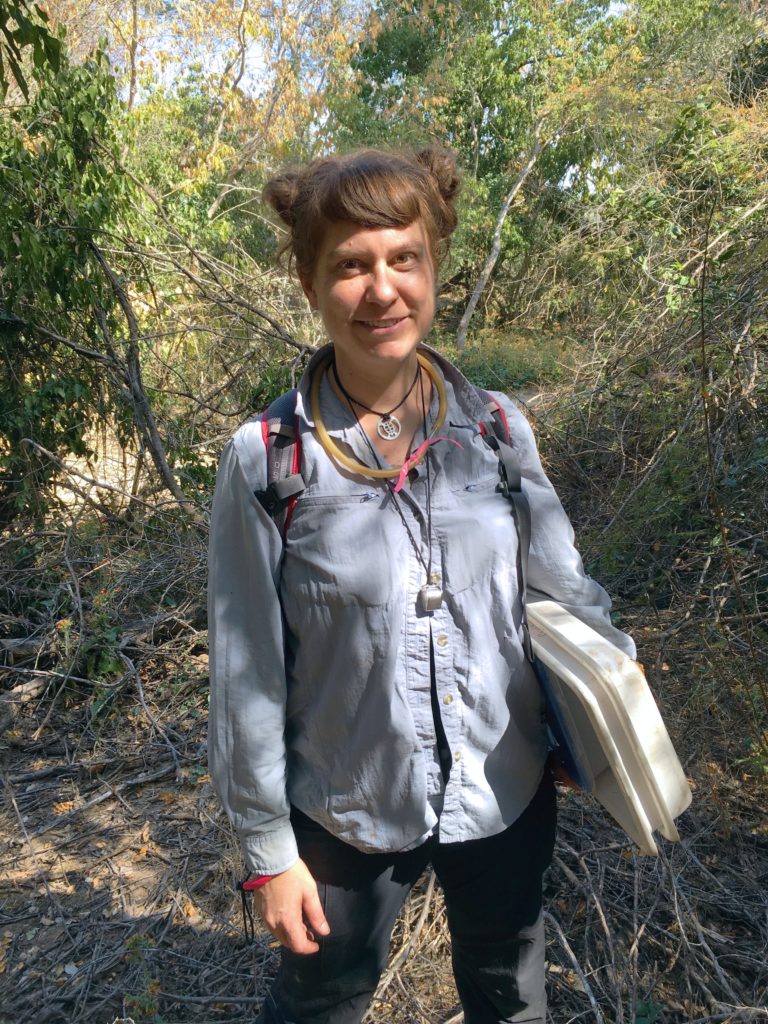
MNB: What are your three top wishes for 2019 as far as ant research is concerned?
CSM: (1) Continue to make the ant research community more diverse and inclusive across all axes.
(2) Have a well-resolved species level phylogeny for the ants.
(3) More high-quality ant genomes published.
MNB: … your three top wishes outside of ant research?
CSM: (1) Prioritizing the conservation of biodiversity.
(2) Increased funding for fundamental/basic research.
(3) A more peaceful and accepting world community.
James J. Odanga, Kenya
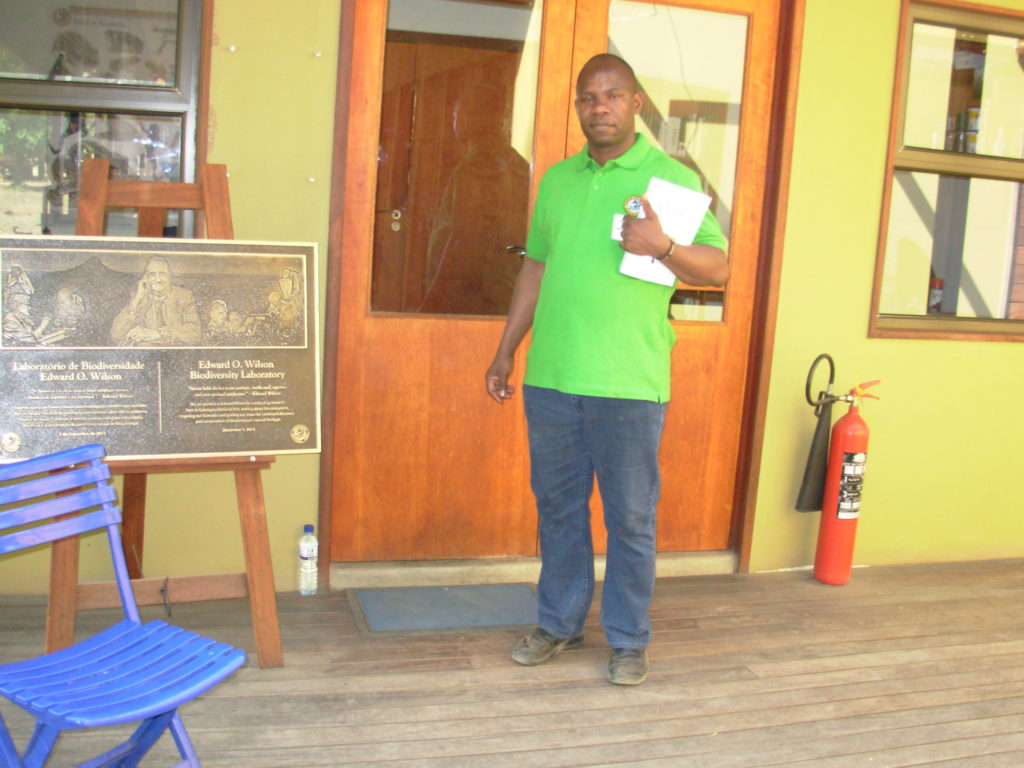
MNB: What are your three top wishes for 2019 as far as ant research is concerned?
JJO: (1) Enhance scientific research and sustainable conservation of ants (Hymenoptera: Formicidae) in Kenya and the rest of East Africa.
(2) Expand the collection of ant specimens housed in the Zoological collection of National Museums of Kenya, Nairobi.
(3) Publish articles on ants in Myrmecological News and further educate local communities, pupils, students, and the general public on the bio-ecology of ants in Kenya.
MNB: … your three top wishes outside of ant research?
JJO: (1) Motivate pupils in Kenyan schools to appreciate general science subjects already at the initial level of their education.
(2) Fundraise for conservation of Afrotropical biodiversity in Kenya.
(3) Organize guided exchange tours for different local communities to visit pristine national parks in East Africa.
Cléa S.F. Mariano, Brazil
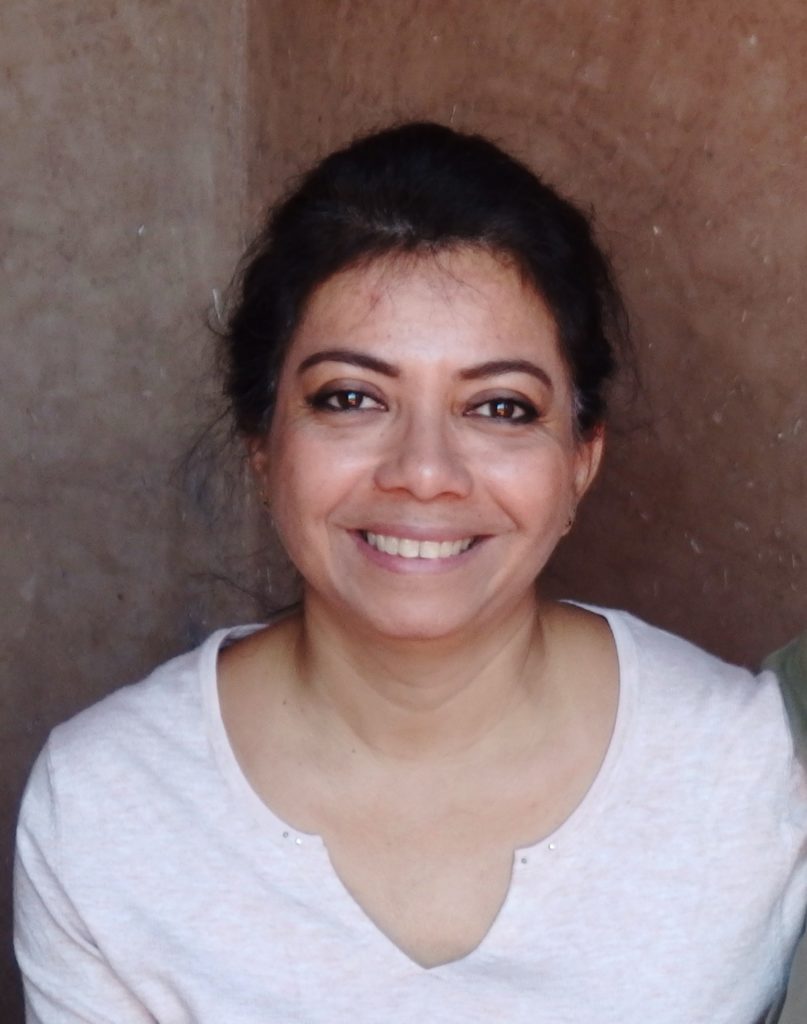
MNB: What are your three top wishes for 2019 as far as ant research is concerned?
CSFM: (1) More studies on the delimitation of ant species using integrative taxonomy techniques.
(2) A better understanding on who is who in ant nests: new information about the mechanisms of interactions between ants and their commensals?
(3) More information about ant karyotypes allowing us to understand how and why chromosome structure changes.
MNB: … your three top wishes outside of ant research?
(1) More children in schools.
(2) Study and work opportunities for women victims of domestic violence.
(3) That we can feel free to be different in our desires and creeds but equal in our life quality and opportunities.
Mark Wong, United Kingdom

MNB: What are your three top wishes for 2019 as far as ant research is concerned?
MW: (1) Substantial knowledge exchange and collaboration between myrmecologists from different scientific disciplines. For instance, some of the recent trait-based approaches in ant ecology could be enhanced with a better understanding of colony sociometry, functional morphology and development, and physiology.
(2) Renewed interest and coordinated efforts to document the natural history of ants! We still don’t know the basic biology of the majority of species in this delightfully diverse group. Let’s collectively document and share our field observations on open platforms (databases, antwiki) and enhance this with media (photo, video). Even if these observations aren’t published formally, they still represent invaluable primary information on these important organisms and their manifold interactions.
(3) More research sampling the diversity of ants in the subterranean environment and focused studies on the ecology of hypogaeic species.
MNB: … your three top wishes outside of ant research?
MW: (1) For the world: improved access to quality education for all.
(2) For science: more research that drives positive change, inspires curiosity, and instills responsibility in human societies.
(2) For myself: more meaningful relationships and new (good) ideas for my PhD.
Heike Feldhaar, Germany
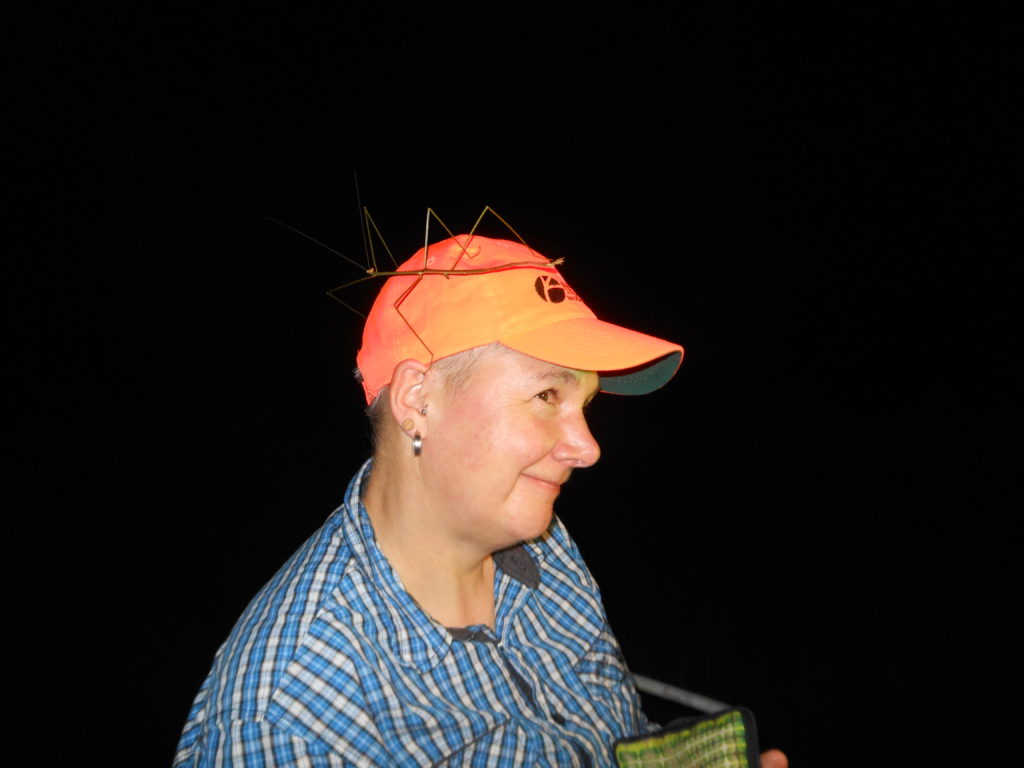
MNB: What are your three top wishes for 2019 as far as ant research is concerned?
HF: (1) Get work on wood ant ecology really off the ground, which means get a grant proposal funded and start a European network of people interested in the ecology of wood ants.
(2) Find a person that knows whether ants have a peritrophic membrane or not.
(3) Have more time for ant research!
MNB: … your three top wishes outside of ant research?
(1) Spend more time with my partner and have the time for a bicycling trip.
(2) Be able to still get a ticket for a Borrussia Dortmund game and go to the stadium!!
Other than that I am fine and happy as is!
Keiichi Masuko, Japan
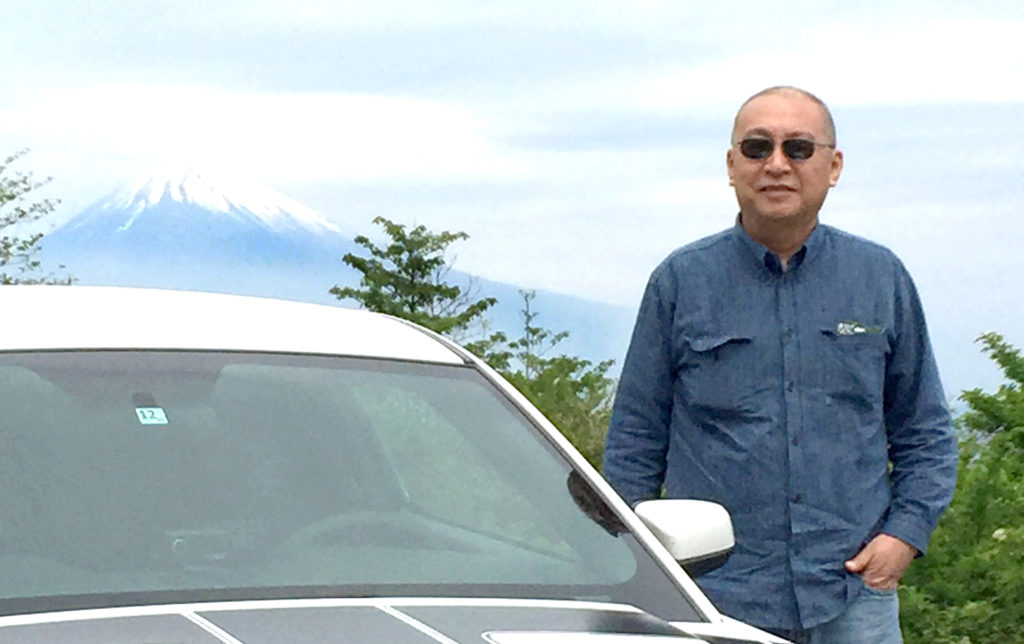
MNB: What are your three top wishes for 2019 as far as ant research is concerned?
KM: Coincidentally, I hope to output three papers (two on Manica and one on Discothyrea) from unpublished data next year.
MNB: … your three top wishes outside of ant research?
KM: I have only one wish outside of research. To exchange my old car for a new one. I’m sorry for a boring answer.
Gabriela P. Camacho, United States of America
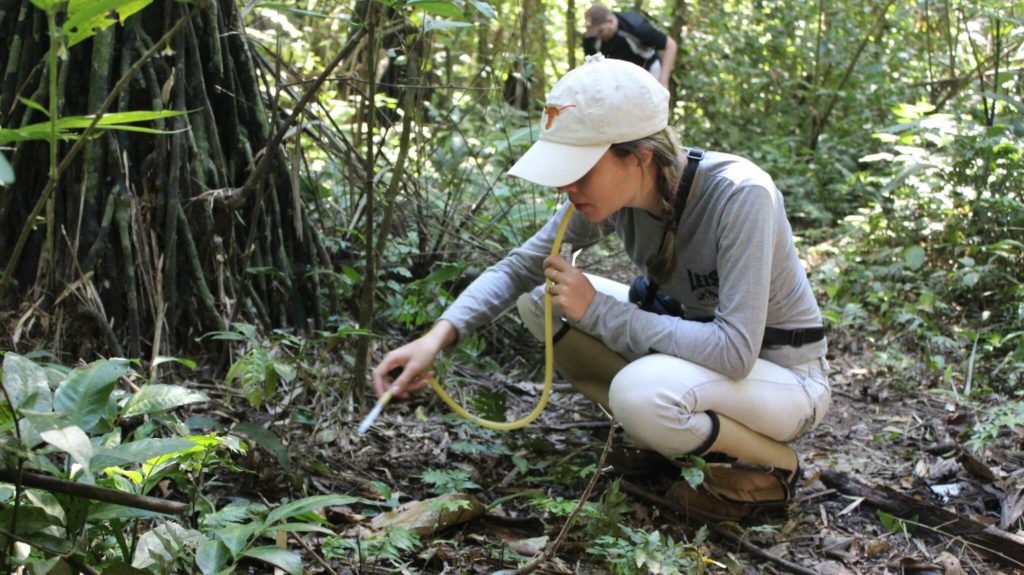
MNB: What are your three top wishes for 2019 as far as ant research is concerned?
GPC: (1) To see taxonomy and morphology being given the space in ant research they deserve. I feel those are incredibly important topics that should always be highlighted and emphasized!
(2) To see ant research in Latin America and other countries around the southern hemisphere grow more and more, and be given the prominence and respect they deserve. Amazing research is being done by researchers in those areas with very little resources and a lot of passion, and if we can do our share to support it, myrmecology can only benefit from it.
(3) To see more and more women working on ant research, specially in systematics. Myrmecology is an incredible field that is very supportive of women in science, and I wish more female students can join us and contribute with diversity to an already amazingly welcoming field.
MNB: … your three top wishes outside of ant research?
GPC: Outside of ant research, I think I would want more tolerance with the differences, equality among people of all genders, creeds and ethnicities and climate change awareness. In today’s world, where we see so many fake news, hate speeches, prejudice and intolerance, those are the main things that could contribute for a more fair, righteous world.
Bálint Markó, Romania
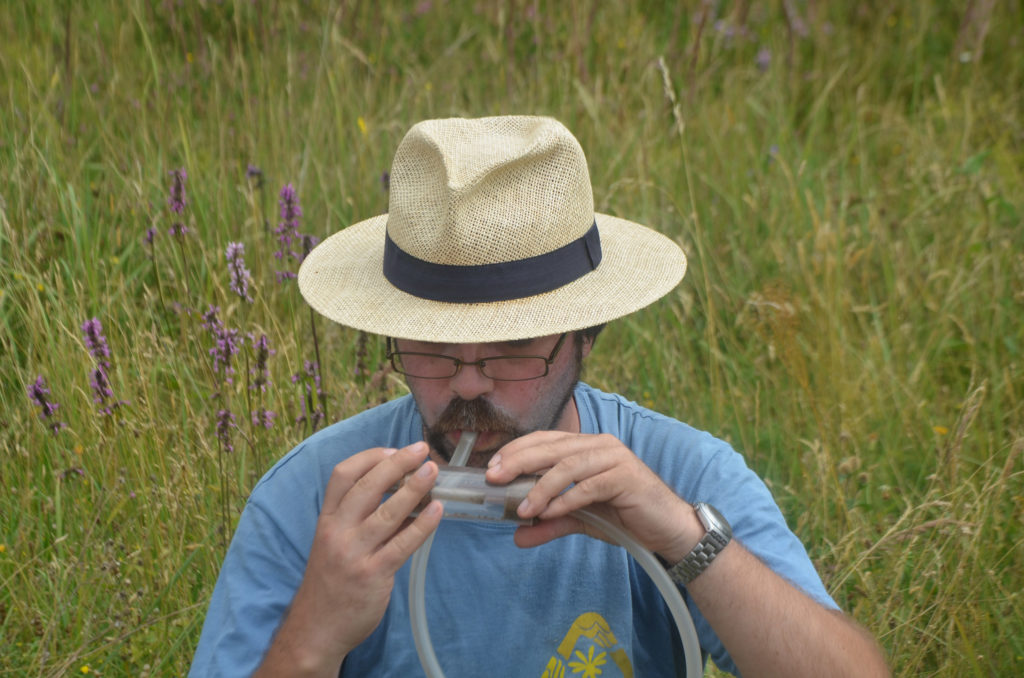
MNB: What are your three top wishes for 2019 as far as ant research is concerned?
BM: (1) I would really like to see published more than 100 ant genomes in 2019. I think it would help us a lot in our research. This would allow us to address questions until now hard to address and to obtain more precise answers with regards to the social life of ants.
(2) Tiny as they are, but Solenopsis fugax still is a big puzzle in Europe. It would be very nice to know that someone, finally, sits down to solve the mystery around the identities of different S. fugax varieties in Europe. Connected to it: I wish next year there would be a surge in students who want to do faunistics, and, why not, taxonomy in ants. And community ecology included. That would be something of a great achievement. Because with all the equipments and nice questions we need specialists who actually can identify the species we are dealing with. And we need such specialists badly.
(3) And, finally, why not, I wish that our specific journals that treat social insects would thrive next year as well.
MNB: … your three top wishes outside of ant research?
BM: I see many clouds gathering around scientific research: underfinancing, instability of scientific careers, attempts in many countries to cut back possibilities for basic, fundamental research, cutting positions from museums. This is quite a grim picture, and I wish it would lighten up at least a bit next year. We would really need that extra air to breathe. But for long term stability some policies need to change.
Virginia Emery, United States of America

MNB: What are your three top wishes for 2019 as far as ant research is concerned?
VE: (1) That more work on ant husbandry be published.
(2) For more entomologists to work on the chemical ecology of ants (and maybe also on their flavor profiles!).
(3) To see some biomass research on ants to compare to existing work coming from Germany and elsewhere on declining insect populations.
MNB: … your three top wishes outside of ant research?
VE: (1) To bring a greater depth of communication and outreach from scientists to the public.
(2) To see more engagement with science from our politicians worldwide.
(3) For funding to continue supporting entomology, and in particular conservation work in insects (and ants).
Philip J. Lester, New Zealand
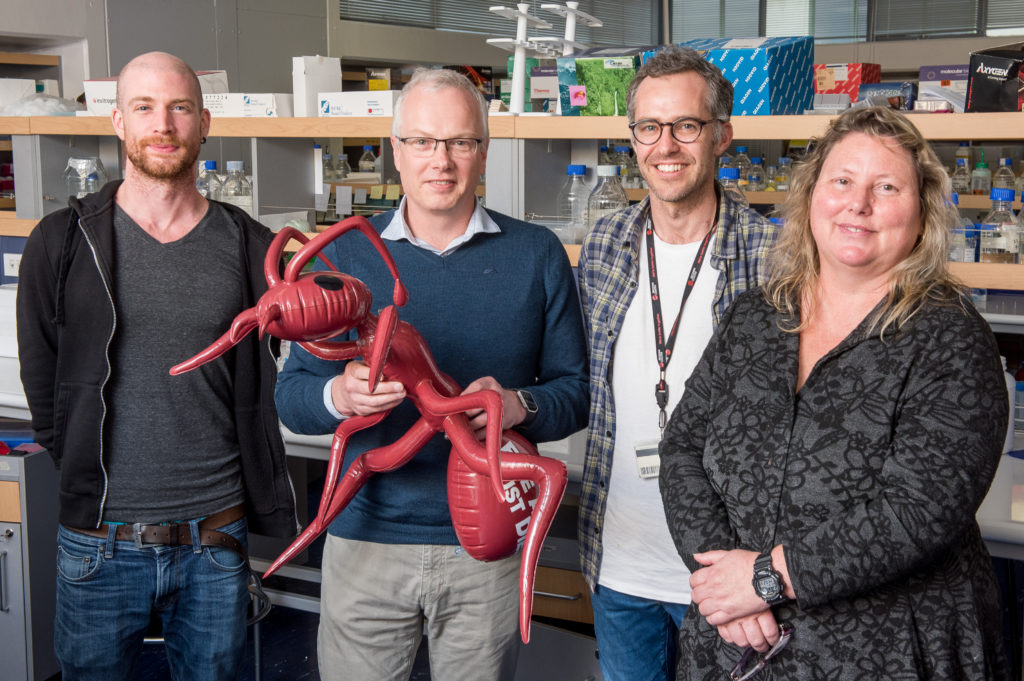
MNB: What are your three top wishes for 2019 as far as ant research is concerned?
PJL: (1) I really enjoyed and benefited from the IUSSI Congress in Guarujá, Brazil this year. There was a fantastic diversity of speakers and topics. For me, the standout talks included those in the symposia on “Past and future social insect invasions”, but the plenary lectures such as Elizabeth Tibbetts’ work on wasp faces made the very long trip from New Zealand well worthwhile. More conferences like the IUSSI congress in 2019 would be great!
(2) I’ve really enjoyed several of the reviews in Myrmecological New over the last couple of years. Simon Tragust’s review on the external immune defence in ant societies, Cleo Bertelsmeier et al.’s review on ant invasions in light of global climate change, and Sarah Worsley et al.’s paper on symbiotic partnerships in leafcutter ants are just three that spring to mind. I’d encourage people to write reviews. I find them really useful in age when there is too little time to read.
(3) The research in our laboratory has a big focus on pathogens such as viruses in invasive ants. It was only a little over a decade ago that the very first viruses were described from ants. Now more and more are being described and discovered, such as with Lumi Viljakainen et al.’s description of nine viruses in Argentine ants in the Journal of General Virology this year. I think pathogens are probably having a big effect on ants and their population dynamics. More work from research groups around the world would really help elucidate the role of pathogens in ant population and community dynamics.
MNB: … your three top wishes outside of ant research?
PJL: (1) The viral pathogens we see in ants are now being found in a wide variety of hosts. Kashmir bee virus is clearly not just a “bee” virus and instead is found in a wide range of arthropod hosts. In a recently-completed study with Erin Wilson Rankin and Kevin Loope from the University of California, we have seen how the introduction of the honey bee parasite Varroa changed the strain diversity of Deformed wing virus, and the entire pathogen community profile, in invasive wasps in Hawai’i. I’m really interested in how changes in entire insect communities influence pathogens and their influence. More work here in a variety of insect communities around the globe would really help our understanding of pathogen dynamics.
(2) A lot of next-generation techniques have emerged for pest control. Gene drives using CRISPR-Cas9 are one example of a potentially powerful approach that have the potential for the eradication of insect pests, including ants or wasps, from parts of their invaded range. But there a lot of careful and considered work will be needed before we can understand the potential and influence of this technology. I’d love to see more groups investigate (but not necessarily instigate) approaches such as gene drives. We need data to inform the debate.
(3) I’ve been lucky with and grateful to the graduate students that I’ve worked with over the last two decades. I’ve had some fantastic Masters and PhD students. I really love New Zealand, but we are poor in providing opportunities beyond PhD studies. I do wish for a better post-doctoral and early career funding system for our graduates. I suspect that many countries around the globe are similarly lacking in early career development and that societies such as the IUSSI and journals like Myrmecological New can play a role here.
Finally, a big vote of thanks to the editorial team of Florian, Birgit and Daniel, for their dedicated and diligent work on Myrmecological News. Your efforts are greatly appreciated! I wish everyone a productive and enjoyable 2019. Phil Lester.
Cristina Castracani, Italy

MNB: What are your three top wishes for 2019 as far as ant research is concerned?
CC: (1) A better knowledge of ant biodiversity in Italy: interesting new works are starting to be published by a new generation of Italian myrmecologists, but there are still big lacks of knowledge if we consider that we are one of the country with the biggest ant species richness in Europe.
(2) A better awareness among myrmecologists that Citizen Science projects could help in achieving new scientific discoveries helping the general public to better know these beautiful insects and their importance on Earth.
(3) … and more accepted research papers for me … J
MNB: … your three top wishes outside of ant research?
CC: (1) More awareness from the Italian government that university research is important and it’s worth investing on it.
(2) A happy and united family.
(3) The possibility to travel a lot all around the world.
Misato Okamoto, Japan

MNB: What are your three top wishes for 2019 as far as ant research is concerned?
MO: (1) Application of RNA interference or genome editing technologies to the study on sex determination mechanisms in ants. This is exactly what I would like to do in 2019.
(2) Development of methods for controlling fire ants and other harmful invasive species. In 2017, fire ants were first discovered in Japan. It is necessary to develop a fire-ant risk management plan and accompanying educational programs for Japanese.
(3) Chemical identification of the poison gland products in Wasmannia auropunctata (little fire ant). I would like to know why such a tiny ant’s sting hurts so much.
MNB: … your three top wishes outside of ant research?
MO: (1) Developments in understanding the role of the human gut flora in health, mental problems, immune system, and diseases. I am really interested in the relationship between human gut microbiota and health. I will continue to check papers and conferences about these researches in 2019.
(2) Discovering anti-viral drugs for Ebola virus. The 3D structure of a central component of the Ebola virus has been obtained in 2018 (https://www.nature.com/articles/s41586-018-0630-0).I hope the finding will help drug development and stop Ebola outbreaks.
(3) Development of an artifical cultivation method for Japanese matsutake mushrooms.
Ronald Clouse, United States of America

MNB: What are your three top wishes for 2019 as far as ant research is concerned?
RC: My (1) main wish for ant research in 2019 is for the continued employment of molecular systematics to clarify the relationships of morphologically difficult groups.
Wishes (2) and (3) are for further advancement in two of my favorite subjects, the biogeography of ants in the Indo-Pacific and the history of Camponotus.
MNB: … your three top wishes outside of ant research?
RC: As for wishes outside of myrmecology, I hope, as always, for (1) the continued good health of my family and friends, (2) the expansion of human freedom, and (3) the invigoration of marketplaces in goods, services, and especially ideas.
Seiki Yamane, Japan
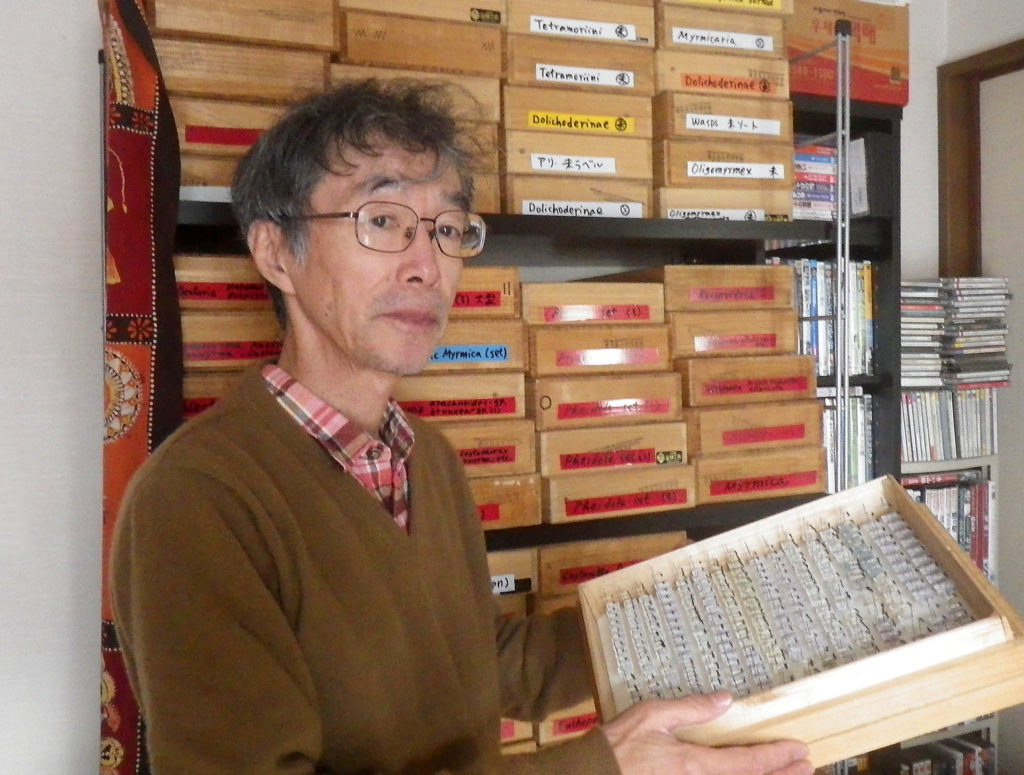
MNB: What are your three top wishes for 2019 as far as ant research is concerned?
SY: (1) Resolving complicated taxonomic problems in the Camponotus subgenus Myrmamblys in Japan.
(2) Completing the list of ants from Lambir Hills National Park, Borneo.
(3) Finishing the first draft of a paper on the Sundaland Technomyrmex.
MNB: … your three top wishes outside of ant research?
SY: (1) Visiting Bhutan or Nepal (although export of ants is almost impossible, this has been one of my dreams).
(2) Reading through Kant’s ‘Kritik der reinen Vermunft’ and ’The Analects of Confucius’ in Japanese translations (it is my hobby to read great classics from a sociobiological viewpoint).
(3) Making a good grandpa for the two grandsons of mine (both 3 years old).
Herbert C. Wagner, Austria

MNB: What are your three top wishes for 2019 as far as ant research is concerned?
HCW: (1) Support from the Austrian Science Fund to start working on the evolution of mimicry of Camponotus lateralis.
(2) New records and ideas concerning the parasitic biology of Tetramorium aspina and related species.
(3) Successful working on ants of some Austrian states, especially Styria and Vienna. I hope to determine interesting species, collect good distribution or biological data, and, ideally, produce corresponding publications.
MNB: … your three top wishes outside of ant research?
HCW: Health, peace, and vitality for my family and friends.
Himender Bharti, India

MNB: What are your three top wishes for 2019 as far as ant research is concerned?
HB: (1) To discover more of cryptic and rare ant fauna.
(2) Biogeography and phylogeny of certain ant genera (Myrmica, Aphaenogaster and Camponotus).
(3) To understand the factors which regulate social structure in ants and their role in maintaining species boundaries.
MNB: … your three top wishes outside of ant research?
HB: (1) To visit some serene places couple of times without access to internet.
(2) To read voraciously favorite poetry, literature, besides stuff related to evolution/evolutionary biology.
(3) To interact with and inspire those kids who lack exposure and basic facilities.


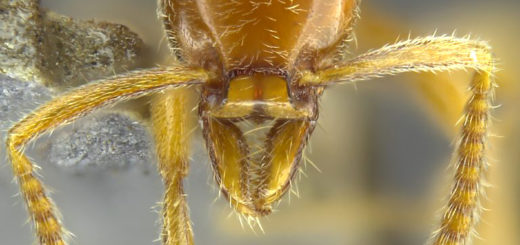
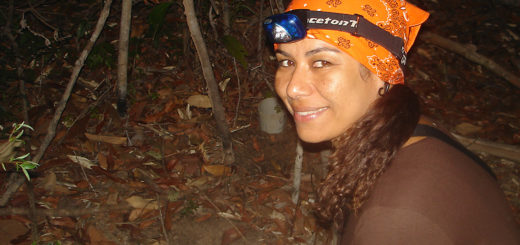

Recent Comments